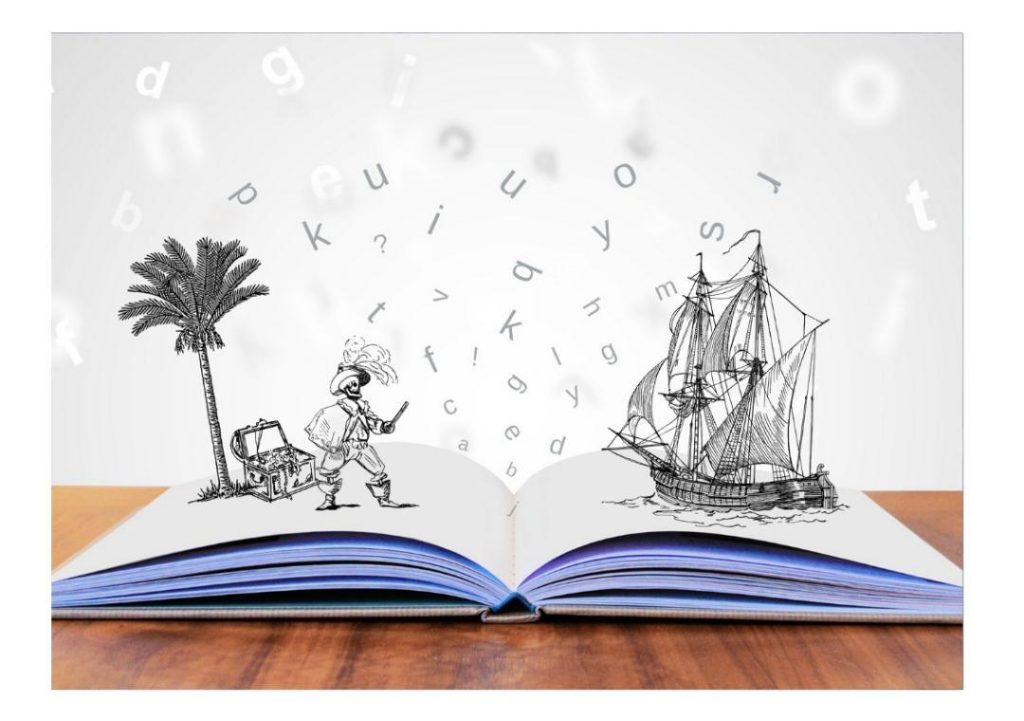
Can Visual Storytelling Revolutionise Business Strategies?
In today’s data-driven world, businesses are increasingly relying on insights to inform their decision-making. However, traditional data reports are no longer sufficient to convey complex information effectively. The tide is shifting towards dynamic visual narratives, and for good reason. By presenting data through engaging charts and graphs, businesses can communicate insights more effectively, fostering a culture of data-driven decision-making across organisations.
The Rise of Data Visualization
Data visualization is not a new concept. However, its importance has grown exponentially in recent years. With the increasing amount of data being generated, businesses need effective ways to make sense of it all. Data visualization provides a powerful tool to turn complex data into actionable insights, making it easier for stakeholders to understand and make informed decisions.
In India, data visualization is changing the way businesses operate. According to a recent article on Growth Jockey, “Data visualization is changing businesses in India” (https://www.growthjockey.com/blogs/data-visualizatio-changing-businesses-in-india), Indian companies are leveraging data visualization to gain a competitive edge. By presenting data in a visually appealing way, businesses can identify trends, spot patterns, and make data-driven decisions more efficiently.
Benefits of Visual Storytelling
So, what are the benefits of visual storytelling in business? Here are a few:
- Improved Communication: Visual narratives make it easier for stakeholders to understand complex data, reducing the risk of misinterpretation and miscommunication.
- Enhanced Decision-Making: By presenting data in a clear and concise manner, businesses can make data-driven decisions more efficiently, reducing the risk of errors and increasing the likelihood of success.
- Increased Engagement: Visual storytelling can be a powerful tool to engage stakeholders, from employees to customers, and increase participation in decision-making processes.
- Better Understanding: By presenting data in a visual format, businesses can better understand complex relationships between different data points, leading to more effective decision-making.
- Increased Productivity: By automating the process of data analysis and presentation, businesses can free up resources to focus on higher-value tasks.
Case Studies
To illustrate the power of visual storytelling in business, let’s look at a few case studies:
- Netflix: Netflix uses data visualization to optimize content recommendations. By presenting data in a visual format, Netflix can identify patterns and trends in user behavior, leading to more effective content recommendations.
- Procter & Gamble: P&G uses data visualization to optimize supply chain management. By presenting data in a visual format, P&G can identify bottlenecks and optimize its supply chain, leading to cost savings and increased efficiency.
- The New York Times: The New York Times uses data visualization to tell stories. By presenting data in a visual format, The New York Times can convey complex information in a way that is engaging and easy to understand.
Best Practices for Implementing Visual Storytelling
While the benefits of visual storytelling are clear, implementing a visual storytelling strategy can be challenging. Here are a few best practices to keep in mind:
- Keep it Simple: Avoid overloading stakeholders with complex data. Keep your visual narratives simple and easy to understand.
- Focus on Insights: Rather than just presenting data, focus on the insights and trends that emerge from the data.
- Use Interactive Visualizations: Interactive visualizations can be a powerful tool to engage stakeholders and encourage exploration and discovery.
- Communicate Effectively: Ensure that your visual narratives are communicated effectively to all stakeholders, including non-technical stakeholders.
- Monitor and Adjust: Monitor the effectiveness of your visual storytelling strategy and adjust as needed.
Conclusion
In conclusion, visual storytelling has the power to revolutionize business strategies. By presenting data in a clear and concise manner, businesses can communicate insights more effectively, fostering a culture of data-driven decision-making across organisations. While implementing a visual storytelling strategy can be challenging, the benefits are clear. By following best practices and leveraging the latest tools and technologies, businesses can unlock the full potential of visual storytelling and gain a competitive edge in today’s data-driven world.
Source:
https://www.growthjockey.com/blogs/data-visualizatio-changing-businesses-in-india






